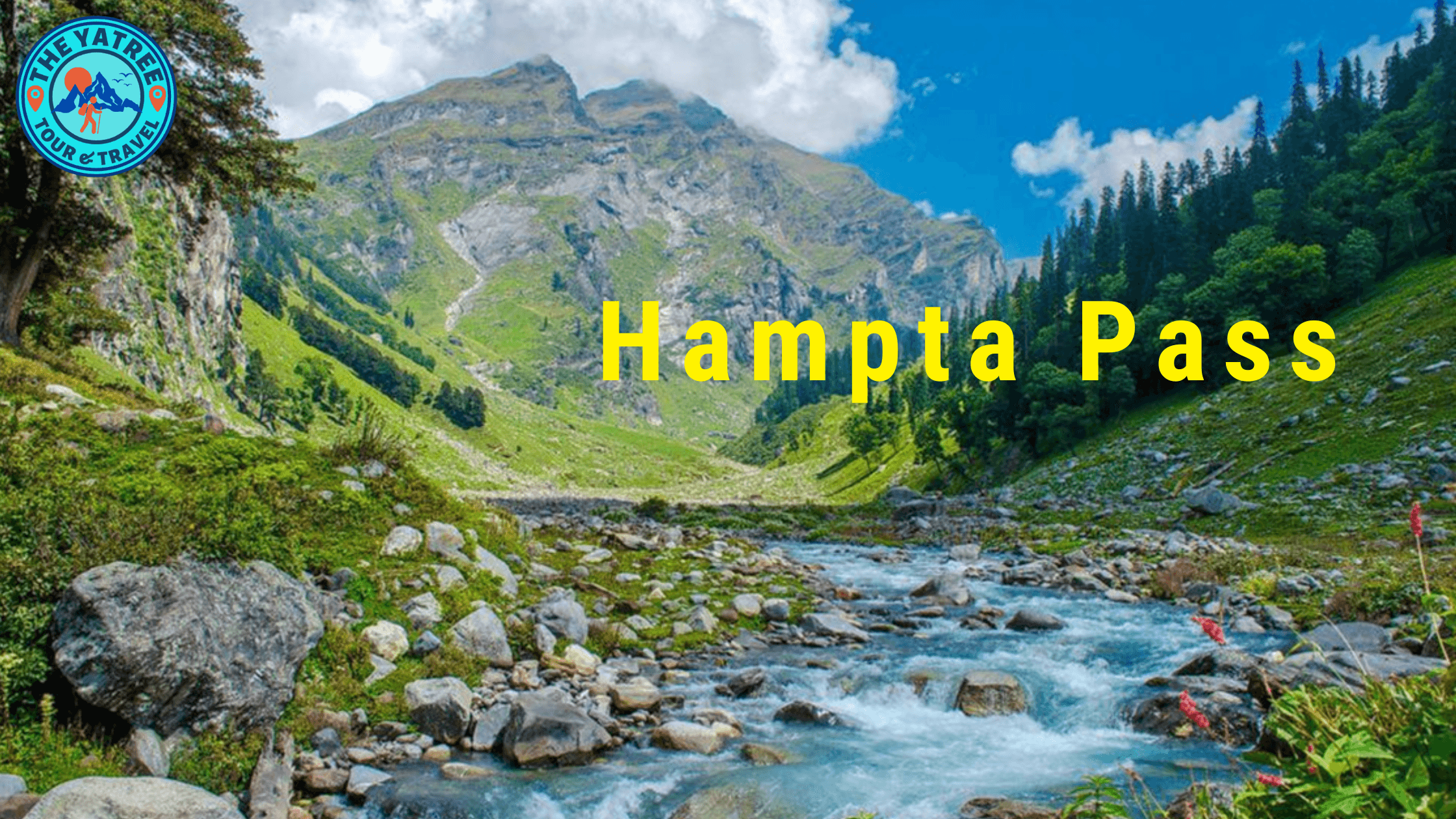How to Travel with a Paper Map: A Guide to Navigating Without GPS
In today’s digital world, relying on GPS and smartphones for navigation has become the norm. However, there are times when technology fails—whether due to a dead battery, poor signal, or remote locations. That’s when the timeless skill of using a paper map becomes invaluable. Whether you’re trekking through mountains, road-tripping in remote areas, or exploring off-the-grid destinations, knowing how to read and navigate using a paper map can enhance your travel experience.
Here’s a comprehensive guide on how to travel with a paper map effectively.
1. Choose the Right Map for Your Trip
Not all maps are the same. Selecting the right type of map for your journey is crucial:
- Road Maps: Ideal for long-distance road trips and driving routes.
- Topographic Maps: Essential for hiking, trekking, and exploring mountainous regions.
- City Maps: Useful for navigating urban areas and finding points of interest.
- Regional Maps: Great for covering larger geographic areas with multiple routes and cities.
Before setting off, ensure your map is up-to-date and covers the region you plan to explore.
2. Learn to Read a Map Properly
Understanding how to interpret a map is the first step to mastering navigation:
- Legend & Symbols: The legend explains symbols representing roads, trails, landmarks, water bodies, and elevations.
- Scale: Maps use scales to show real-world distances. A 1:50,000 scale means 1 cm on the map equals 50,000 cm (500m) on the ground.
- Compass Rose: Shows cardinal directions (North, South, East, West) to help you orient yourself.
- Contour Lines: These indicate elevation changes in topographic maps; closely spaced lines mean steep terrain.
3. Orient Your Map with the Surroundings
To use your paper map effectively, align it with your actual surroundings:
- Find a landmark visible in both your map and environment.
- Use a compass (or the sun’s position) to determine north and match it to the map’s north.
- Adjust the map’s position to align features like roads, rivers, and mountains with your surroundings.
This helps in visualizing the route ahead.
4. Plan Your Route in Advance
Before setting out, mark key points on your map, including:
- Start and End Points: Clearly identify your departure and destination.
- Waypoints: Notable stops, intersections, or landmarks along the way.
- Alternative Routes: In case of roadblocks, detours, or bad weather, having a backup route is wise.
- Distances and Time Estimates: Use the map scale to estimate travel time between points.
5. Use a Compass for Better Navigation
A compass is a traveler’s best friend when navigating with a map. Here’s how to use it:
- Place the map on a flat surface.
- Set the compass needle so that north aligns with the top of the map.
- Identify your position and destination to determine the direction to follow.
- Adjust your course based on the compass reading as you travel.
6. Track Your Progress and Make Notes
As you travel, keep track of your progress to ensure you’re on the right path:
- Compare landmarks with those on the map.
- Estimate time and distance to the next checkpoint.
- Mark your location periodically to avoid getting lost.
- Take notes of new trails, road conditions, or unexpected detours for future reference.
7. Be Prepared for Emergencies
Relying solely on a paper map means you must be prepared for unforeseen circumstances:
- Carry a flashlight or headlamp for nighttime navigation.
- Have extra copies of your map in case one gets damaged.
- Pack emergency contact details and a whistle to signal for help.
- Familiarize yourself with the nearest towns, water sources, and emergency exits.
8. Combine Paper Maps with Technology for Best Results
While a paper map is a reliable backup, combining it with technology can make navigation easier:
- Download offline maps on your phone as a secondary option.
- Use GPS coordinates to cross-check your location.
- Take pictures of your map in case it gets damaged.
- Use altimeters or GPS watches for better elevation tracking on treks.
Conclusion
Traveling with a paper map is an invaluable skill that adds adventure, self-reliance, and safety to your journey. Whether you’re hiking remote trails, driving through unknown roads, or exploring cities without internet access, knowing how to read and navigate with a map ensures you’re always on track. So, the next time you set out on an adventure, carry a reliable map and embrace the art of traditional navigation!




